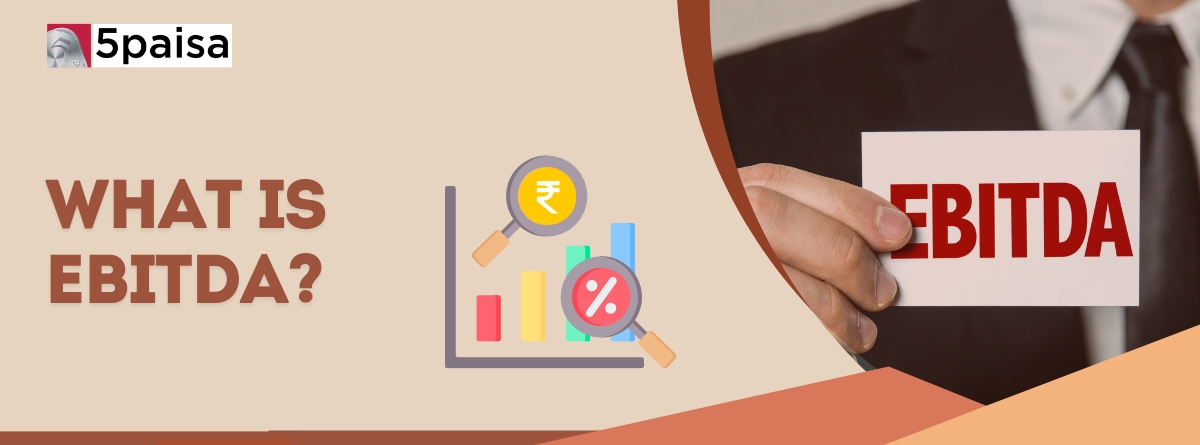Content
- Earnings before interest tax depreciation and amortization(EBITDA)
- EBITDA Definition
- History of EBITDA
- EBITDA Formula and Calculation
- How EBITDA Works With Leveraged Buyouts
- EBITDA vs. EBT and EBIT
- EBITDA vs. Operating Cash Flow
- Examples of EBITDA
- What Is a Good EBITDA?
- What Is Amortisation in EBITDA?
- Is EBITDA the Same as Profit?
- EBITDA Advantages
- EBITDA Disadvantages
- What is EBITDA Coverage Ratio?
- The limitations of EBITDA
Earnings before interest tax depreciation and amortization(EBITDA)
EBITDA, which stands for Earnings Before Interest, Taxes, Depreciation, and Amortisation, is an additional metric for determining net income profitability. It eliminates the capital structure-dependent non-cash costs of debt, taxes, and amortisation and depreciation.
The earnings before interest, taxes, depreciation, and amortization (EBITDA) measure makes an effort to show the cash profit produced by the business' operations.
EBITDA is a powerful tool for analyzing your business and identifying the next steps to keep your company successful.
EBITDA was developed in the 1980s to assess whether a company could service its debt in the future. Occasionally, this metric is applied to assess companies in financial distress who need restructuring. Over the years, EBITDA has spread throughout various industries and applications. Let’s learn EBITDA meaning before moving on to specifics.
More Articles to Explore
- Difference between NSDL and CDSL
- Lowest brokerage charges in India for online trading
- How to find your demat account number using PAN card
- What are bonus shares and how do they work?
- How to transfer shares from one demat account to another?
- What is BO ID?
- Open demat account without a PAN card - a complete guide
- What are DP charges?
- What is DP ID in a demat account
- How to transfer money from demat account to bank account
Disclaimer: Investment in securities market are subject to market risks, read all the related documents carefully before investing. For detailed disclaimer please Click here.
Frequently Asked Questions
Two main reasons why business owners should understand EBITDA: calculation and evaluation. EBITDA gives a clear picture of a company's value, for one. Secondly, it illustrates the company's value to investors and potential buyers, providing a picture of its future growth prospects.
A company's EBITDA margin measures how many operating expenses are eating up its gross profits. As a result, a company with a higher EBITDA margin is considered to be less risky financially.
An average mid-sized business is priced between three and six times EBITDA.



